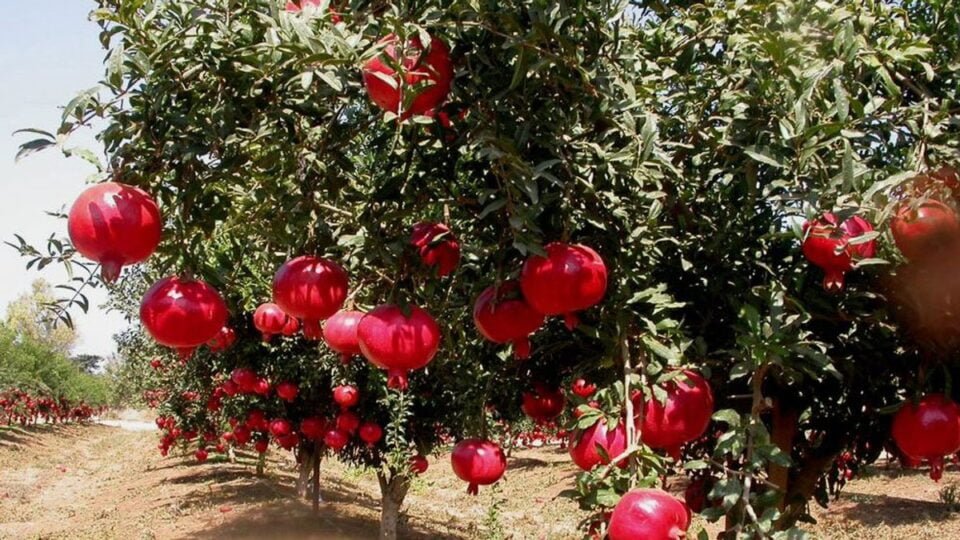Uzbekistan has set a goal to increase income from each hectare of land in the country to $5,000. It is planned to achieve this goal during 2021 through rational placement and scientifically-based cultivation of agricultural crops using modern IT technologies, reports Kapital.uz.
Farmers are offered to plant crops based on the water supply taking into account the specifics of each region and the historically established methods of farming. For example, in some farms of the Mirzaabad region, the cotton yield was 12 centners per hectare. However, after studying the specialization of local mahallas, the profitability of growing and processing pomegranates instead was revealed.
In the Farish and Ellikkala regions, wine grapes can be grown. In the Bulakbashi region, there is an opportunity to receive a good income from garlic and to grow 1,000 tons of export-oriented grapes per year through the allocation of concessional loans to households.
According to the President of Uzbekistan, starting March 1st of this year, the term of loans allocated under family business programs for orchards, vineyards, and greenhouses will be increased from 3 to 7 years and the grace period from 1 to 3 years. Uzbekistan also plans to put into circulation rainfed and pasture lands to create permanent and seasonal jobs.
Read also: Potatoes of Uzbekistan – what caused the high prices and can they be reduced in the future?
The government states it is necessary to provide agricultural enterprises with 702,000 tons of seeds and 105 million seedlings. However, the lack of a system for this creates difficulties for both the population and exporters. The quality of the varieties and the maturation period of the products do not allow them to occupy a leading position in foreign markets.
In this regard, the Mirzaev Scientific Research Institute of Horticulture, Viticulture and Winemaking of the National Center for Agricultural Knowledge and Innovation and its research and experimental stations will organize the procurement of high-yielding export-oriented fruit and grape seedlings on the basis of public-private partnerships. In accordance with soil and climatic conditions, each region’s intensive nurseries will be created on an area of at least 100 hectares. When buying seeds and seedlings from local seed farms, up to 20% of their value will be compensated by the state.
In addition, a procedure will be introduced to reimburse part of the cost of building lemon greenhouses using energy from alternative sources.
This year, 24 trillion soums are allocated to the Agriculture Fund for the stable provision of the agricultural sector with financial resources. For the first time, 300 billion soums are to be allocated for the issuance of loans for growing vegetables at the base rate of the Central Bank.
This year, special attention will be paid to the development of science and information technologies in the agricultural sector. The post of Deputy Minister of Agriculture for the Development of Information Technologies is being introduced and a separate structure is being created. This structure was instructed to create by the end of the year an information system that will monitor 3 million hectares of irrigated land, with a database on soil composition and crops. For these purposes, $10 million of funds from international financial institutions will be allocated.
The use of the site materials is free if there is a direct and open for search engines hyperlink to a specific publication of the East-Fruit.com website.




